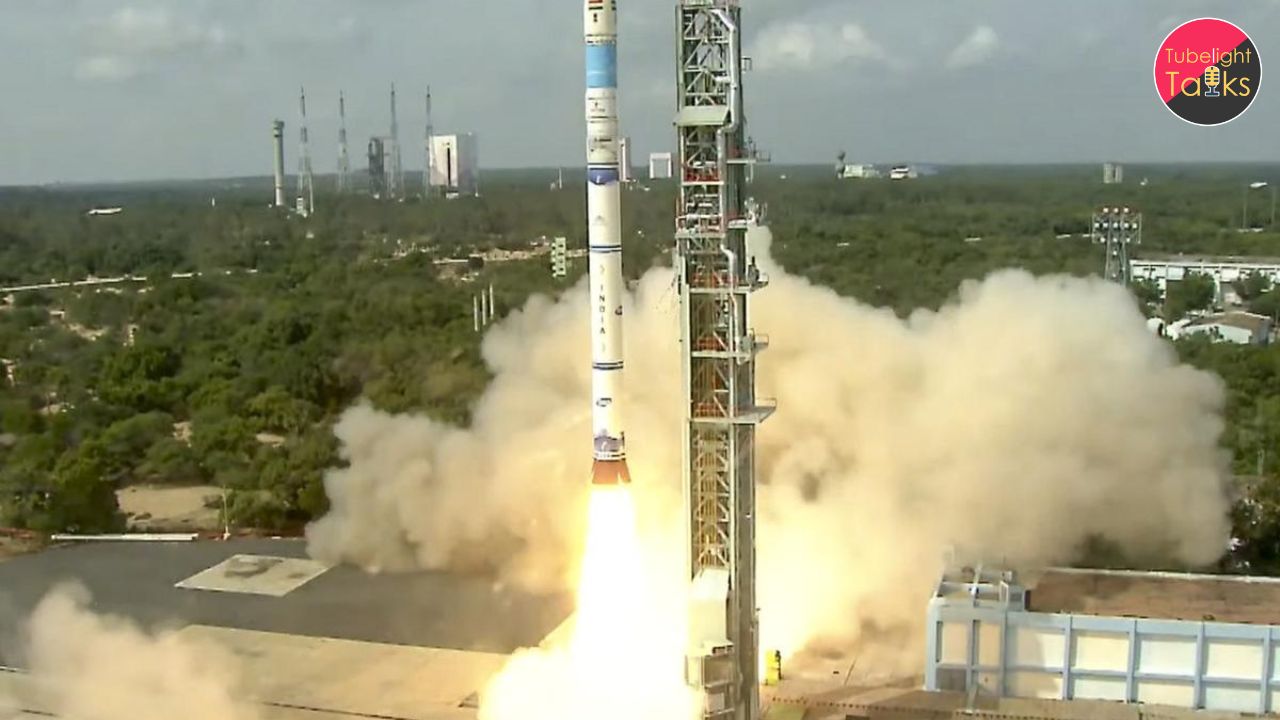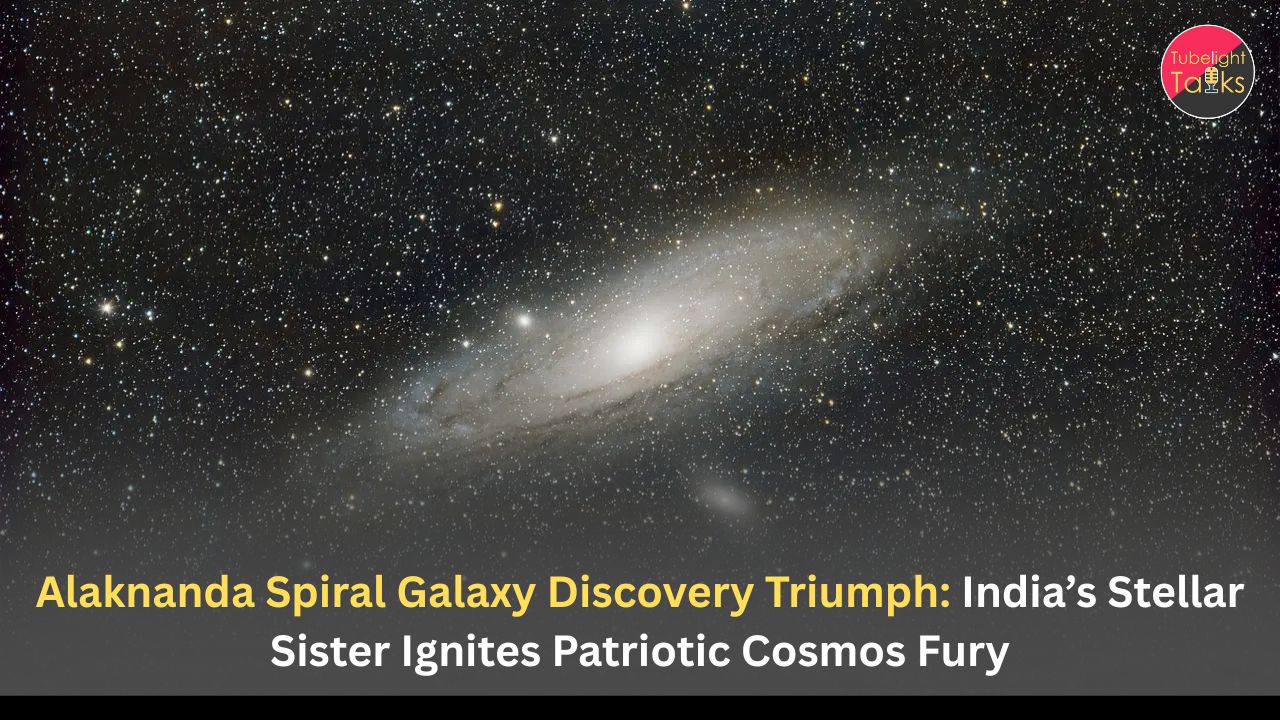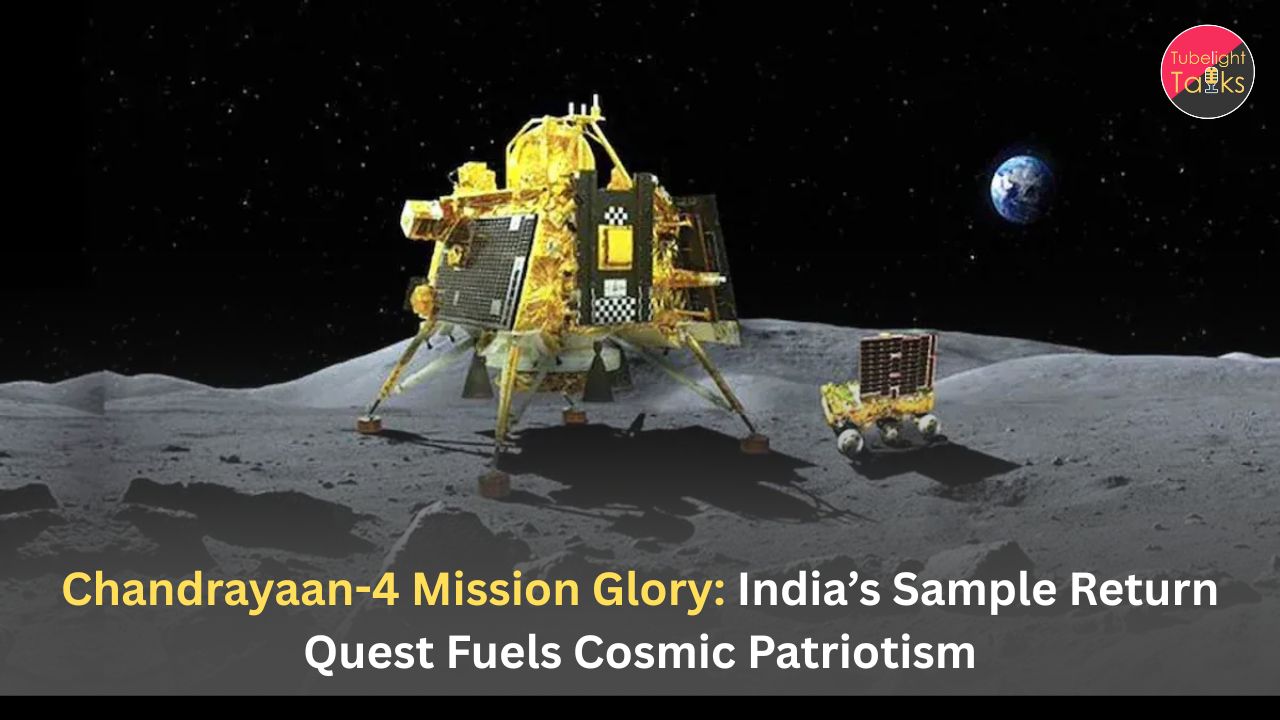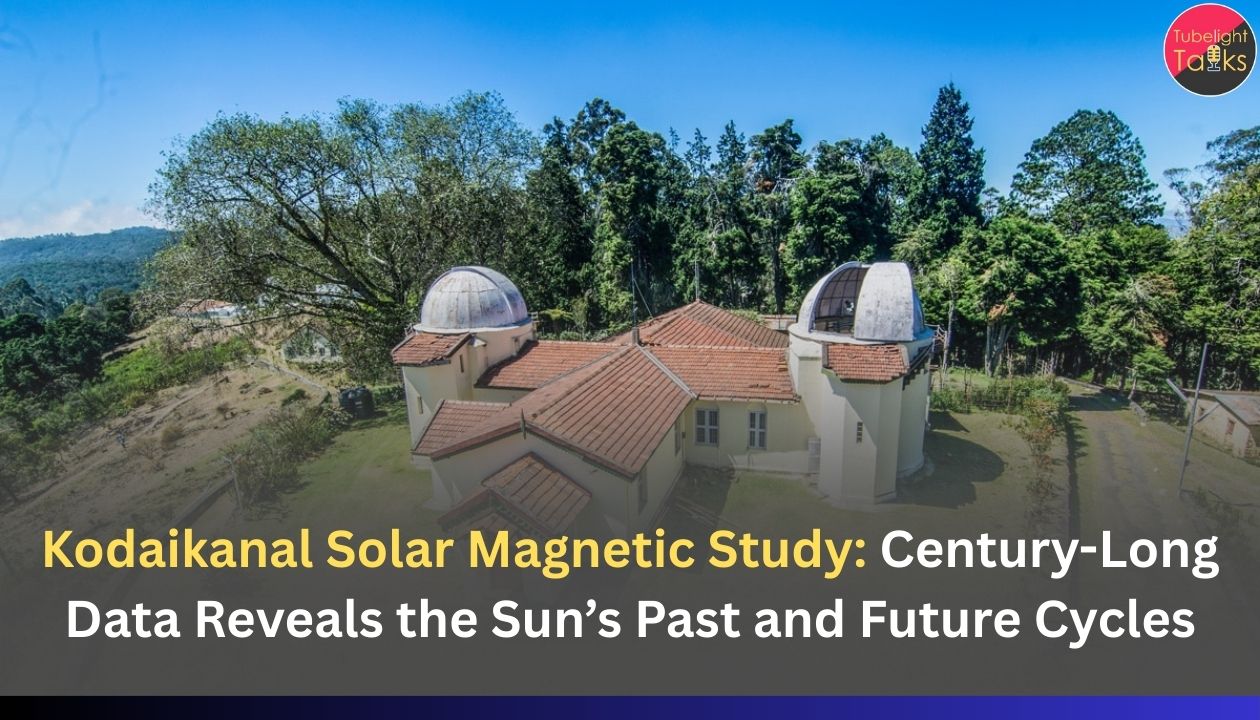On August 16 2024, the Indian Space Research Organisation( ISRO) successfully launched the Earth Observation Satellite( EOS)-08. This charge marked a significant corner in India’s space program, showcasing ISRO’s capabilities in earth observation and remote sensing.
EOS-08 was launched aboard the SSLV from the Satish Dhawan Space Centre, Sriharikota. The SSLV (Small Satellite Launch Vehicle) has been known for its capability to emplace satellites into its respective routes.
EOS-08’s Payload and Capabilities
EOS-08 is equipped with three tools to take pictures from space. These are EOIR (Electro-Optical Infrared Payload), GNSS-R (Global Navigation Satellite System-Reflectometry Payload), and SiC UV Dosimeter.
■ Also Read: APJ Abdul Kalam Death Anniversary [Hindi]: डॉ एपीजे अब्दुल कलाम की पुण्यतिथि पर जानिए उनसे जुड़ी कुछ ख़ास बातें
This technology is essential for nonstop earth observation, particularly in covering natural disasters like volcanic activity observation, fire detection, cyclones, etc. EOS-08 serves public security by furnishing high-resolution imagery for border surveillance and monitoring strategic installations. The Weight of this Satellite was around 175.5 kg and is capable of generating a power of 420W.
EOS-08 Satellite Design
The satellite has been designed to be smaller and lighter. A special material called Pyrolytic Graphite Sheet Diffuser Plate is used which is a great conductor of heat. It helps to cool down the satellite and makes it lighter. A special hinge-based fixture for connecting different parts of the satellite helped scientists build it faster. Additionally, a special type of solar panel helps generate more power for the satellite.
EOS-08: Technological Advancements and International Collaboration
Thermal management is developed using materials such as AFE BGA, Kintex FPGA, Germanium Black Kapton, and STAMET (Si-Al Alloy) Black Kapton to handle the thermal properties of COTS components. By working with global mates, ISRO enhances its technological capabilities and contributes to the global space community. These hookups are pivotal in advancing space technology and icing the success of operations like EOS-08.
EOS-08 has a special system called CBSP (Communication, Baseband, Storage and Positioning) capable of multitasking many activities like sending and receiving messages, information storage and figuring out where the satellite is.
The satellite includes a structural panel embedded with PCB, an embedded battery, a Micro-DGA (Dual Gimbal Antenna), an M-PAA (Phased Array Antenna), and a flexible solar panel.
In conclusion, the launch of EOS-08 is a testament to ISRO’s commitment to invention and its part in advancing earth observation capabilities. The satellite’s data will be necessary for addressing critical challenges like disaster operations, environmental monitoring, and public security. With each successful charge, ISRO continues to push the boundaries of space disquisition, contributing to both public development and global scientific progress.
FAQ
Q1. What is EOS 08?
Ans: It is a lightweight satellite launched by ISRO for Earth observation.
Q2. What is the full form of EOS in ISRO?
Ans: It is called Earth Observation Satellite











ISRO’s reputation for budget-friendly and lightweight space missions continues to impress. This article does a great job of highlighting their achievements. Well done!”
Very informative blog on EOS-08. Can I get summarized information on various satellites launched by India since Independence? Like year, purpose, mission heads, satellites various specifications etc.
Feel good to know that India is taking big leaps in space Technology. Jai Hind.